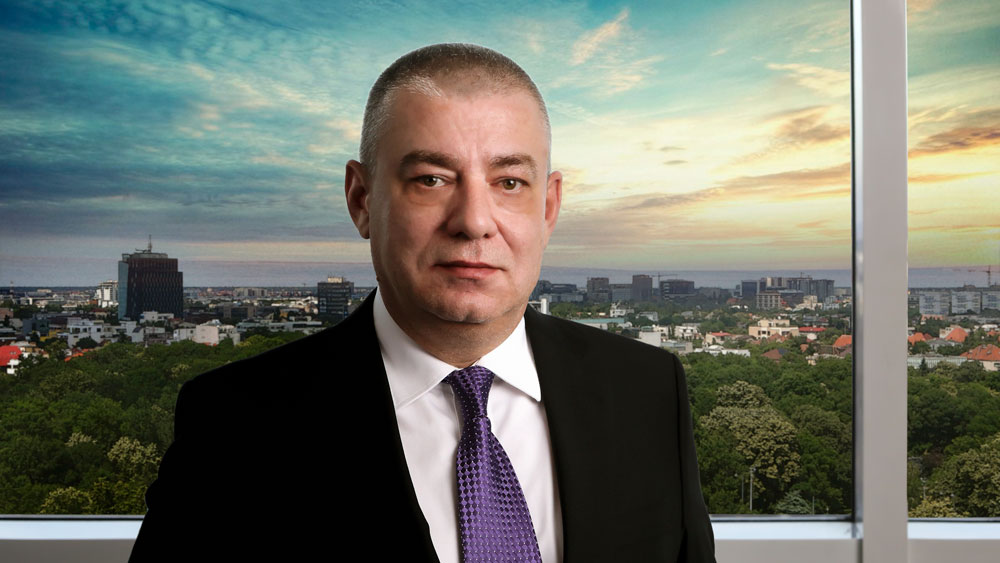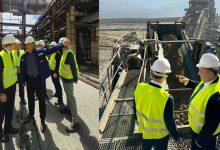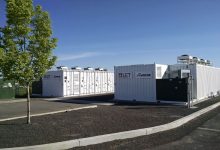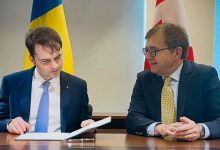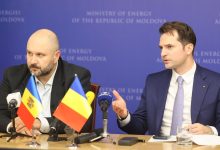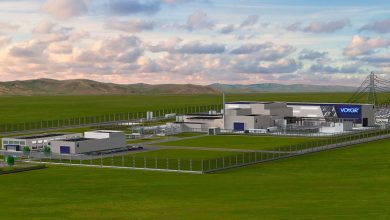Cristian Nicolae Stoina on Priority Projects for Hidroelectrica
After coming out of insolvency, Hidroelectrica has quickly become one of the best performing companies in Romania. The restructure process made in the recent years have turned the energy player into a top company in Romania. Now it is preparing for going public, and this will mean an easier and cheaper access to financing, considering that the investment plan of the company is very ambitious. About all these and the plans for the future of the company we spoke with Cristian-Nicolae Stoina, member of Hidroelectrica’s Supervisory Board.
2018 has been an exceptional year for the company. How does this performance translate?
Cristian Nicolae Stoina: Hidroelectrica is currently the best performing company in Romania, given the financial results in the recent years. We are competing from equal footing with OMV Petrom and Romgaz, and figures on December 31, 2018 show a net profit of RON 1.93bn at a turnover of RON 4.25bn. We recorded an EBITDA of 73%, this being the most important indicator of the financial performances of a company. From this point of view, last year’s EBITDA was a historical one. At the end of 2018 we posted a turnover of RON 4,261 million, which reflected in a gross profit of RON 2,289 million (net profit of RON 1,939 million).
Electricity sold during 2018 amounted to 17.23 TWh.
What is the amount of investments last year and what value did they reach this year after the first nine months?
Cristian Nicolae Stoina: In order to finance the proposed investments, Hidroelectrica has allocated for the period 2019-2023 a budget of over RON 5.4bn, 2019 having a total amount budgeted of RON 490,109 thousand. Of this amount, RON 2.96bn will be allocated for development, RON 2.0bn for increasing efficiency and about RON 370mln for maintenance works. As distribution on years, the largest share is held by 2020, with RON 1.6bn allocated, and 2021, with RON 1.7bn.
What did these investments mean?
Cristian Nicolae Stoina: In the case of new production capacities, in 2019 we had a partial commissioning, on Olt River Hydropower Development, Racovita power stage, which had, at the time of completion of works, an installed power of 17.2 MW. For 2020, we plan to commission, on Rastolita Hydropower Development, the 720 mdM power stage, with an installed power of 35.30 MW. In 2021 we expect to commission the 2 Bumbesti-Livezeni power stages on Jiu River Hydropower Development, with an installed power of 65 MW. Bistrita Hydropower Development will have completed, at the end of 2022, the Ruieni power stage, whose purpose is an additional water contribution.
Finally, 2023 is the year when we commission:
– Nehoiasu power stage, with an installed power of 55 WM, on Surduc Hydropower Development;
– Caineni power stage, on Olt River Hydropower Development, with an installed power of 28.80 MW;
– Belareca power stage, on Cerna Hydropower Development, with an installed power of 14.7 MW;
– Pascani Hydropower Development, with an installed power of 11.90 MW.
All these will have a total installed power of 228 MW.
Regarding the main investment projects for retrofitting/upgrade, we plan for 2020-2023 4 hydropower units and 32 hydropower plants, which will generate an installed power of 1,563 MW.
What is the status of the listing process?
Cristian Nicolae Stoina: The results are very good, especially in the context where Hidroelectrica is preparing for listing on the Bucharest Stock Exchange and the London Stock Exchange. The share percentage to be listed is for the moment 10% primary, but depending on shareholders decision it could be higher., For now we are in the preparation phase of procedures for the procurement of specialized services of a consortium to prepare the listing.
What will the listing mean for the company?
Cristian Nicolae Stoina: To be listed on BSE you need to simultaneously fulfill several conditions. To be a joint-stock company, have a market value higher than EUR 1 million, have a free-float of 25%, have at least for the last three years audited financial statements etc. Here, it should be noted that last year was the first time in the history of the company when it had clean opinion from auditors. Bringing the company on the stock exchange will be a gain for both Hidroelectrica and Romania. Romania has become an emerging market, this classification being made from a frontier market. The stock exchange thus wants to reach, as soon as possible, transactions whose value is close to 10% of GDP or even more. In this context, listing Hidroelectrica would help increase the attractiveness of the Bucharest Stock Exchange. On the other hand, for Hidroelectrica listing would bring an easier and cheaper access to financing, given that the investment plan is very ambitious. It is a plan that aims at retrofitting, digitization of the company, optimization of equipment, purchase of performing software and many others.
Workforce has become a problem for the private environment. How is Hidroelectrica doing in this regard?
Cristian Nicolae Stoina: Qualified workforce is also a problem for Hidroelectrica. It is difficult to find. This is why the management of the company has made the decision to actively participate in dual education and it will support 220 students. During 2020-2023 they will receive scholarships of RON 500 per month each, to specialize in the trades specific to the hydropower profile. They will have the possibility to carry out practical training in the power plants of the company. Hidroelectrica has also drawn up and implemented a set of HR Policies for the recruitment and retention of existing talents in the labor market, in the specializations specific to the company’s activity.
The hydropower system is obsolete… what investments are directed in this area?
Cristian Nicolae Stoina: The level of investments that the company must make is very high, given that the hydropower system is built, mostly, in 1960-1970. We are now operating with 208 hydropower plants, which in a year with average hidraulicity produce 17 TWh. Last year we covered 30% of the country’s total production. But the system being old, it needs investments. Iron Gates I Hydropower Plant was commissioned in 1972, Iron Gates II – in 1985-1986, Bicaz in 1960, and these are only some examples. Vidraru Hydropower Plant was commissioned in 1965, and this year we put up for tender for the third time the project for its refurbishment. We are talking about a project with an estimated value of around EUR 82 million, excluding VAT.
How serious was the impact of GEO 114/2018 on the company?
Cristian Nicolae Stoina: So far, we have lost approximately RON 190 million. As far as we are concerned, the ordinance has reintroduced the regulated price at producers after it had been eliminated, which forced us to sell at capped price. The provisions of GEO 114/2018 have not managed to lead to a decrease in energy prices for household consumers, on the contrary. As Hidroelectrica officials have repeatedly warned, it has led to an increase in prices.
What are the prospects for 2020?
Cristian Nicolae Stoina: The National Regulatory Authority for Energy (ANRE) has recently put up for public debate a draft order providing for regulated supply prices for household consumers for the period January 1, 2020 – June 31, 2021. This provision is in fact a continuation of GEO 114, with the particularity that Hidroelectrica and Nuclearelectrica are required in January 2020 to cover at regulated price 100% of the consumption of the population, and as of February – 80%.
What will this mean for Hidroelectrica?
Cristian Nicolae Stoina: Let’s consider some elements. The last five months brought a low hydrology, and the winter, generally comes with a drop in hydropower production, amidst a very large increase in national energy consumption. The fact that the two companies, Hidroelectrica and Nuclearelectrica, are required to fully cover household consumption takes us in the situation where in order to have the energy quantity that must be delivered at regulated price, we will have to buy some from the free market at a much higher price. In short, to summarize, we might be in the position to buy at RON 2, sell at RON 1 and bear the difference. Moreover, the Romanian Waters National Administration has announced its intention to increase the price of water used to produce power by 23% as of January 1, 2020. This will mean an additional increase in expenses by RON 76mln in 2020.


